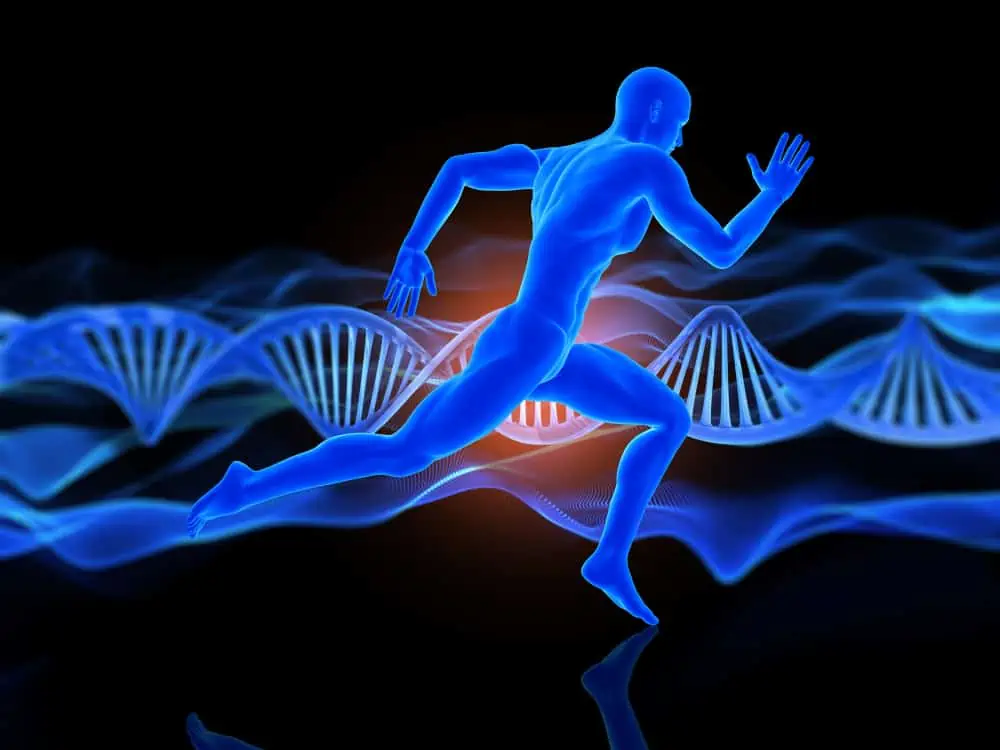Upgradation In Physiotherapy
Intesar Hussain, Physiotherapist
February 29, 2024 | News

Dynamic Neuromuscular Stabilization (DNS) is an innovative approach to physiotherapy that focuses on the restoration of functional movement patterns and stabilization of the musculoskeletal system. It is based on the principles of developmental kinesiology and neurophysiology.
DNS utilizes the understanding of the neurodevelopmental sequence, which is the natural progression of motor patterns observed in infants from birth to independent walking. The idea is that by retraining the body to move in a way that aligns with these developmental patterns, optimal movement patterns and stability can be restored.
Here are some key concepts and uses of DNS in physiotherapy:
- Assessment: DNS begins with a thorough assessment of the patient’s posture, movement, and stability. The physiotherapist evaluates how the patient transitions through various developmental positions and identifies any dysfunctions or compensatory movement patterns.
- Core Activation: DNS places a strong emphasis on core stability and activation. The deep stabilizing muscles of the spine, pelvis, and shoulder girdle are targeted to provide a solid foundation for movement and prevent excessive stress on other structures.
- Neuroplasticity and Motor Control: DNS aims to restore proper motor control by stimulating neuroplastic changes in the central nervous system. Through specific exercises and manual techniques, the physiotherapist helps the patient relearn and integrate optimal movement patterns.
- Functional Movement Patterns: DNS incorporates functional movements that mimic activities of daily living or specific sports. By training the body in these patterns, patients can improve their overall movement efficiency and reduce the risk of injury.
- Rehabilitation and Injury Prevention: DNS can be used in various rehabilitation settings to treat a wide range of musculoskeletal conditions, such as low back pain, neck pain, shoulder instability, hip and knee injuries, and postural abnormalities. By addressing the underlying movement dysfunctions, it helps speed up the recovery process and prevents future injuries.
- Performance Enhancement: DNS is not only used for rehabilitation but also for enhancing athletic performance. By optimizing movement patterns and stability, athletes can improve their strength, power, agility, and overall athletic performance.
- Integration with other Techniques: DNS can be integrated with other physiotherapy techniques, such as manual therapy, therapeutic exercise, and neuromuscular re-education, to create a comprehensive treatment approach tailored to individual patient needs.
Recent post

Healing After Surgery: How Physiotherapy Accelerates Recovery

Chiropractic vs Physiotherapy: What’s Best for Back Pain?

Spinal Decompression Therapy: A Non-Surgical Solution for Back Pain Relief

The impact of high heels on spinal health and alternatives

The Connection Between Posture and Mental Health

The Role of Chiropractic Care in Sports Injury Recovery
Recommended Posts

The Role of Physiotherapy in Pre and Post Natal Women
by
Sreevarsha Veedu, Physiotherapist
May 10, 2023

Your Guide to Headache Prevention and Management
by
Dr Haleema Khan MChiro
July 28, 2023

Should I see a chiropractor when I’m pregnant?
by
PureAdmin
October 28, 2022




